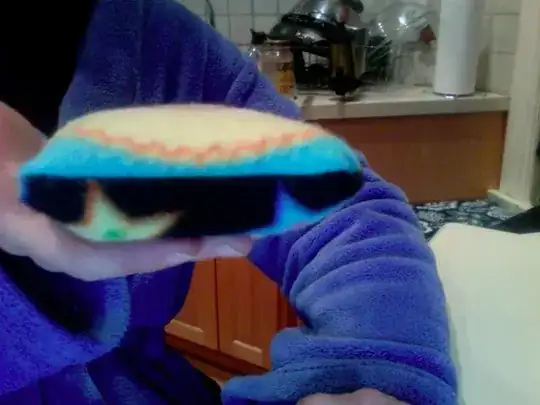I can't help but say something... As noted in other answers, this is clearly a trick question, playing on deliberately misleading visuals, and potentially on delicate (non-universal!) semantic conventions. (I am disturbed by the idea that, for example, a "square" is not a "rectangle", because, supposedly, "rectangle" only refers to (actual) rectangles that are not squares, etc.)
The element(s) of "arbitrary/capricious authority" that enter in both the context and in responses is completely unsurprising, but also chronically upsetting to me. Such episodes advertise the apparent utility of mathematics for creating and enforcing arbitrary, unfathomable rules, as well as highlighting the specific irrationality of "external, uncommunicative, ineffable" authority. Really ugly.
Let's admit to the kids that the picture was drawn to look like the dang thing was a square. Seriously! It's not a klutz's drawing of a real thing, it's a test question. It's not that we have to wonder about the verisimilitude of an inadequate reporter, but, rather, to wonder about the ulterior motives of people at ETS in New Jersey, etc.
In particular, instead of the too-popular traditional rather sub-verbal responses to such questions (is it an X, or not?), there should always be sufficient room to explain/address the genuine issue, as opposed to merely-semantic, merely artifactual. That is, we should teach kids to write prose that says "well, the picture makes the figure look like a square... the given data wouldn't itself physically require that it be a square, but what bumpus would draw a thing to look like a square if it wasn't?..."
(Seriously, very many peoples' physical intuition is excellent, but then we consistently prank them so that they think that there's scant connection to mathematics, which is completely false. We should teach kids to trust their physical intuition at least as a first approximation! Math is not perversity!)
But, yes, for multiple-choice tests, ABSOLUTELY tell your kids to deconstruct the stupid things, and imagine what the test-maker was thinking. For that matter, we should admit to the kids that those test-makers have a streak of mean prankishness that they (the kids) should be aware of. Too bad.






